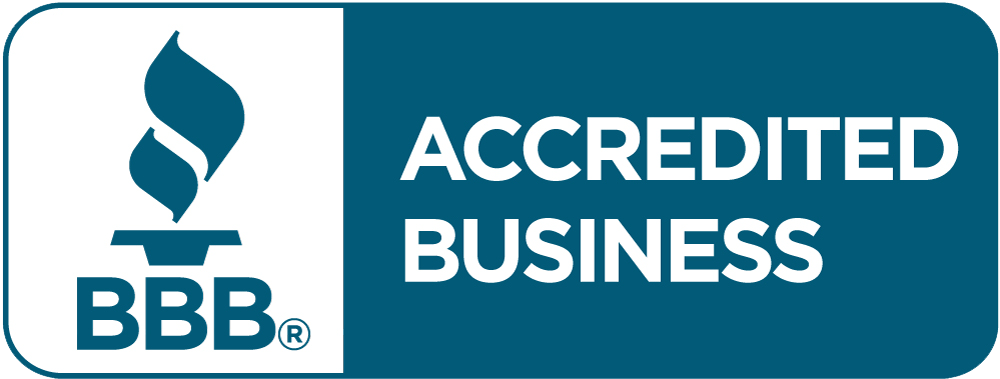Scammers are stepping up their game; now they're using a new tactic called BaitTrap to mimic trusted news sources and trick unsuspecting users. According to an investigation covered by The Hacker News, over 17,000 fake news websites have been created globally to trick users into financial fraud "investments."
What Is BaitTrap?
These fake websites mimic legit sources like CNN, BBC, and CNBC. They post clickbait-style headlines ("You won't believe what [public figure] just revealed!") via ads on Google, Facebook, and other platforms. Click one, and you're taken to a fake news article—which then redirects you to a scam investment platform.
The Two-Phase Scam Strategy
- Phase One: Lure you in with realistic-looking articles, sometimes even tucked into real news sites via subfolders.
- Phase Two: A slick scam advisor calls, asks you to upload ID documents and deposit money, and paints a picture of easy gains on a fraudulent trading dashboard. They stall withdrawal attempts as long as possible and milk you for more.
Plus, your personal data is collected for future phishing, identity theft, or other scams. It's an all-in-one trap.
Warning Signs: Spot a Fake News Site
Be alert to these red flags:
- Strange domain names: Look out for unusual endings like .xyz, .click, or .shop—some even hide under subfolders on legitimate domains.
- Fake big media logos: If the "BBC" story seems too sensational or targets niche audiences, be skeptical.
- Sponsored "news" articles: If a news article pops up as an ad, check the domain before you click.
- High-pressure "investments": Promises of passive income, celebrity endorsements, or urging you to deposit money—run!
Best Practices to Protect Yourself and Your Business
1. Verify the Source
Always check the domain. If it's not a verified site, be cautious—even if it looks official.
2. Go Direct
Instead of clicking headlines, type the news outlet's site into your browser or use a trusted RSS feed or news aggregator.
3. Pause Before You Provide Info
Any request for IDs or funds should trigger red flags. No one from a legitimate investment firm calls you out of the blue.
4. Use Multi-Factor Authentication (MFA)
Even if scammers get your info, MFA blocks their access. Set this up for high-risk tools like email and CRMs.
5. Enable DNS Filtering
Your business network can be configured to automatically block access to known malicious sites—including BNS domains.
6. Train Your Team
Scammers prey on trust. Teach employees to recognize phishing red flags and discourage sharing sensitive data.
How TotalBC Keeps You Protected
At TotalBC, we take an eye-opening approach to this evolving threat:
- Dark web & breach monitoring: We constantly check if your emails or domains have been leaked.
- Advanced DNS filtering: We lock out access to suspicious or untrusted domains.
- MFA enforcement: We help secure all critical login points to your network.
- Employee security training: We teach your team how to question dramatic headlines and avoid scams.
- Rapid response: If a team member slips up, we're on call to contain and recover quickly.
Bottom Line: Trust No Headline
BaitTrap is a vivid reminder: cybercriminals are evolving fast. They're no longer just sending shady emails, they're building entire fake media outlets to fool you. Staying safe requires smart tools and trained people.
Want to secure your business with top-tier DNS filtering, MFA, monitoring, and training? TotalBC delivers all of this and we tailor solutions to fit your needs and budget.
Contact TotalBC today for a cybersecurity consultation. Don't wait until the trap snaps—you deserve proactive protection. Call us at 866-673-8682 or visit www.totalbc.com to learn more.



